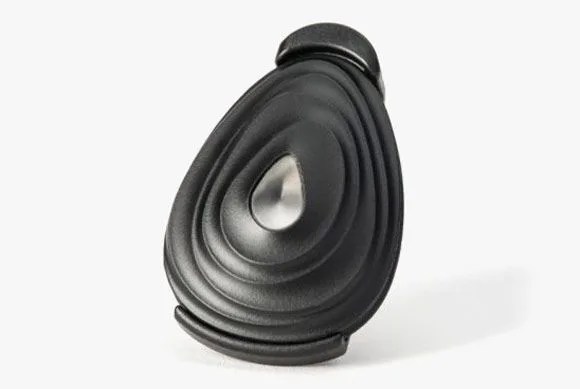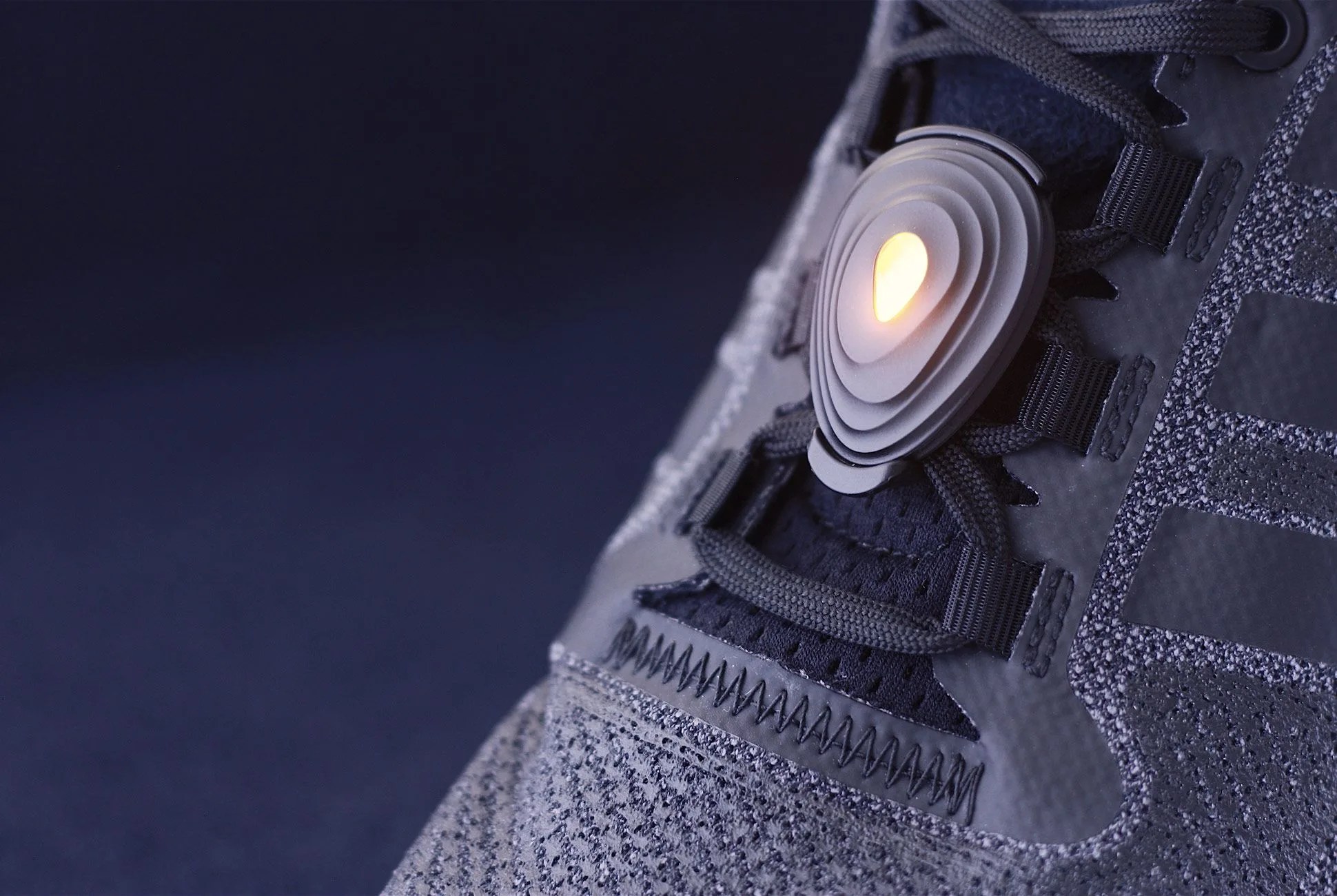Most running-centric fitness trackers measure the same things: heart rate, calories burned, distance covered and cadence. None cover a metric that has defined training in other realms (especially cycling): power.
Stryd ($199) is a different type of fitness tracker. It clips onto your shoe, similar to RunScribe Pro ($199) or the Garmin Foot Pod ($50), but it’s the first wearable specifically made for runners to measure power.
When we spoke with three-time Ironman World Champion Craig Alexander in October, he called running with power “the big thing, or one of the big things coming in.” Along with heart rate, power is arguably the most important metric for competitive runners. We asked Adam Heaney, Head of Customer Engagement at Stryd, to explain why.
Q: Why is knowing your power important for runners?
A: Heart rate is your body’s physiological response to energy expenditure. The more intensity that you bring to your activity, the higher your heart rate. Power is a measure of that intensity. For more than 30 years, cyclists have been able to monitor cycling power (intensity) through strain gauges on the crank and pressure sensors on the pedals. In the past 10 years, training with power has become the standard for competitive cyclists, and records have fallen as a result. Stryd allows you to precisely target training zones in any setting: on road or trail, up- and downhill. It also quantifies training stress so that you can make improvements quickly without overtraining, and it identifies inefficiencies in form, technique, muscle strength and conditioning allowing you to target improvements through drills, plyometrics, and specific run training.
Q: How is knowing your power while running different from cycling? Or are they the same?
A: It is the same in many respects. By maintaining a steady effort up and down hills you reduce variability of effort and improve performance. But, with running there is an additional element — efficiency. On a bike, the rider is locked into the frame. When running, there are inefficiencies of movement that can be identified and improved.
Stryd: Specs


